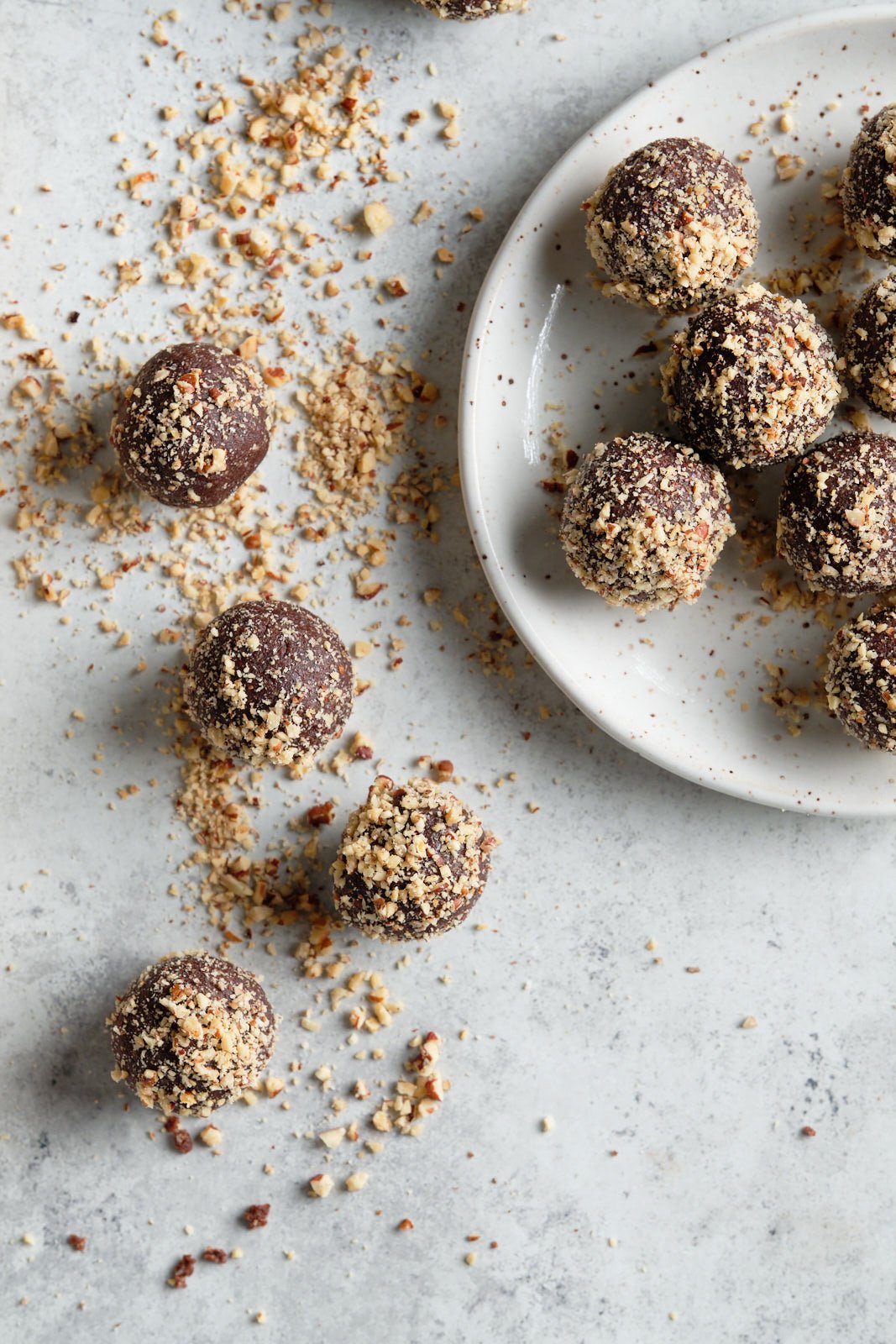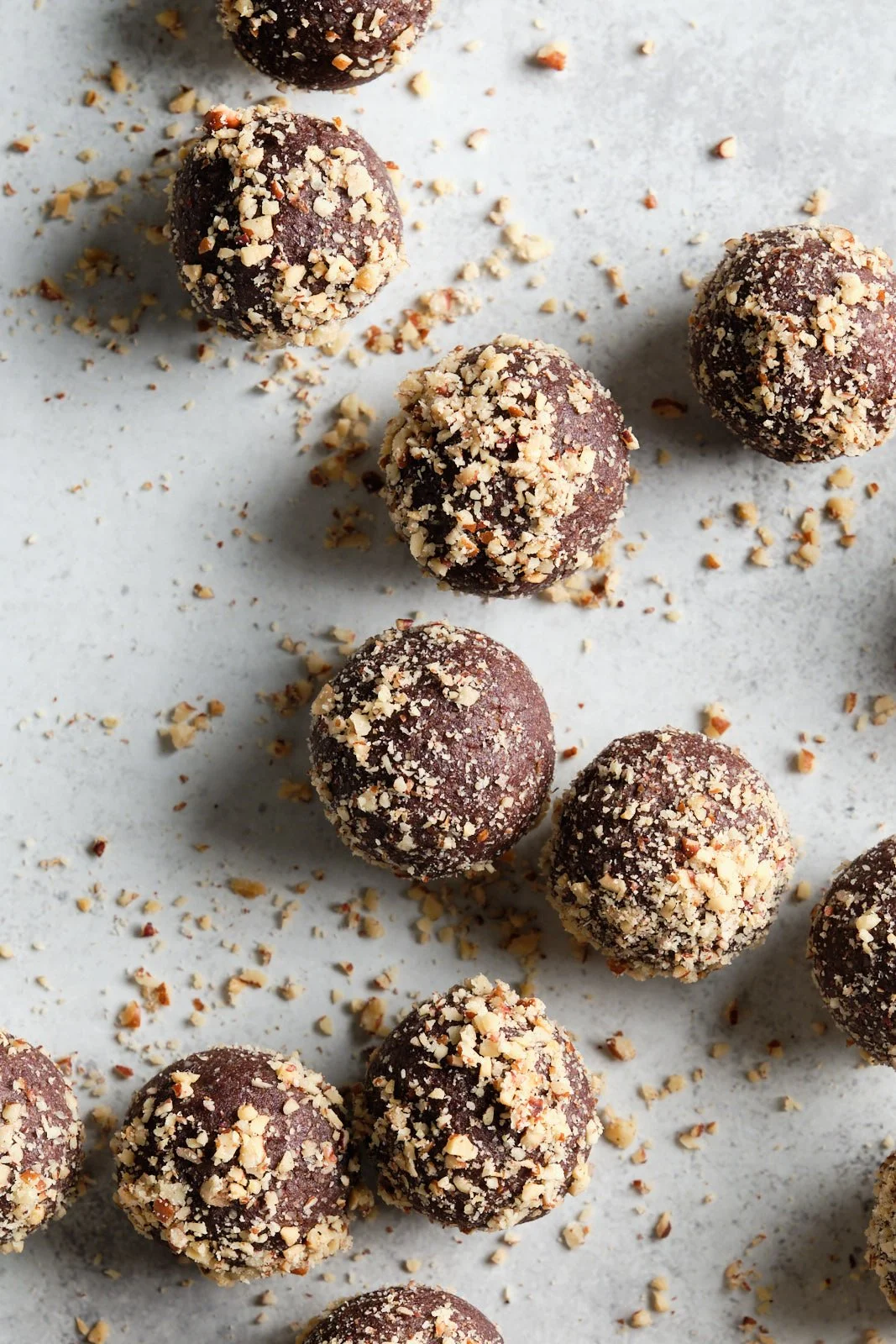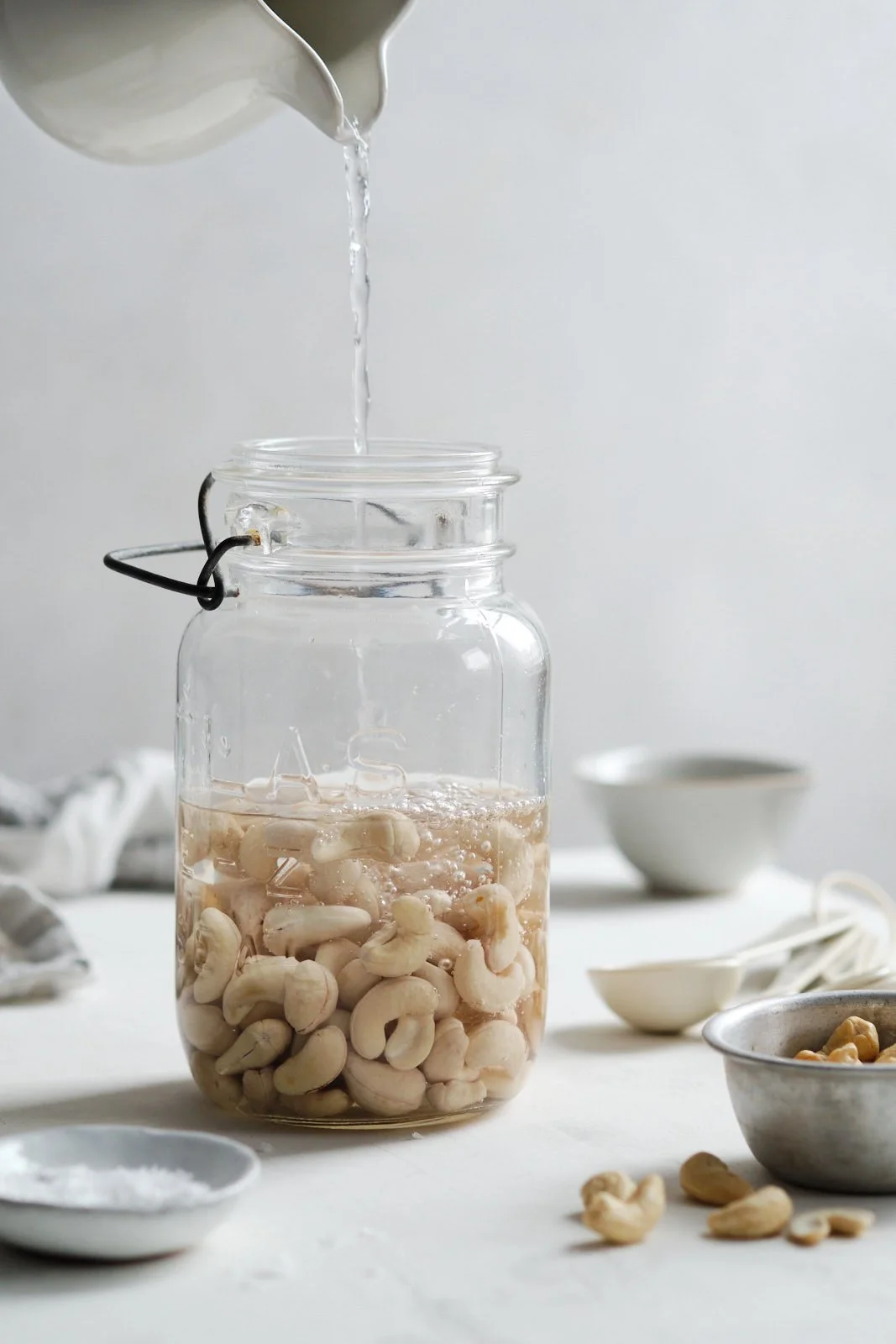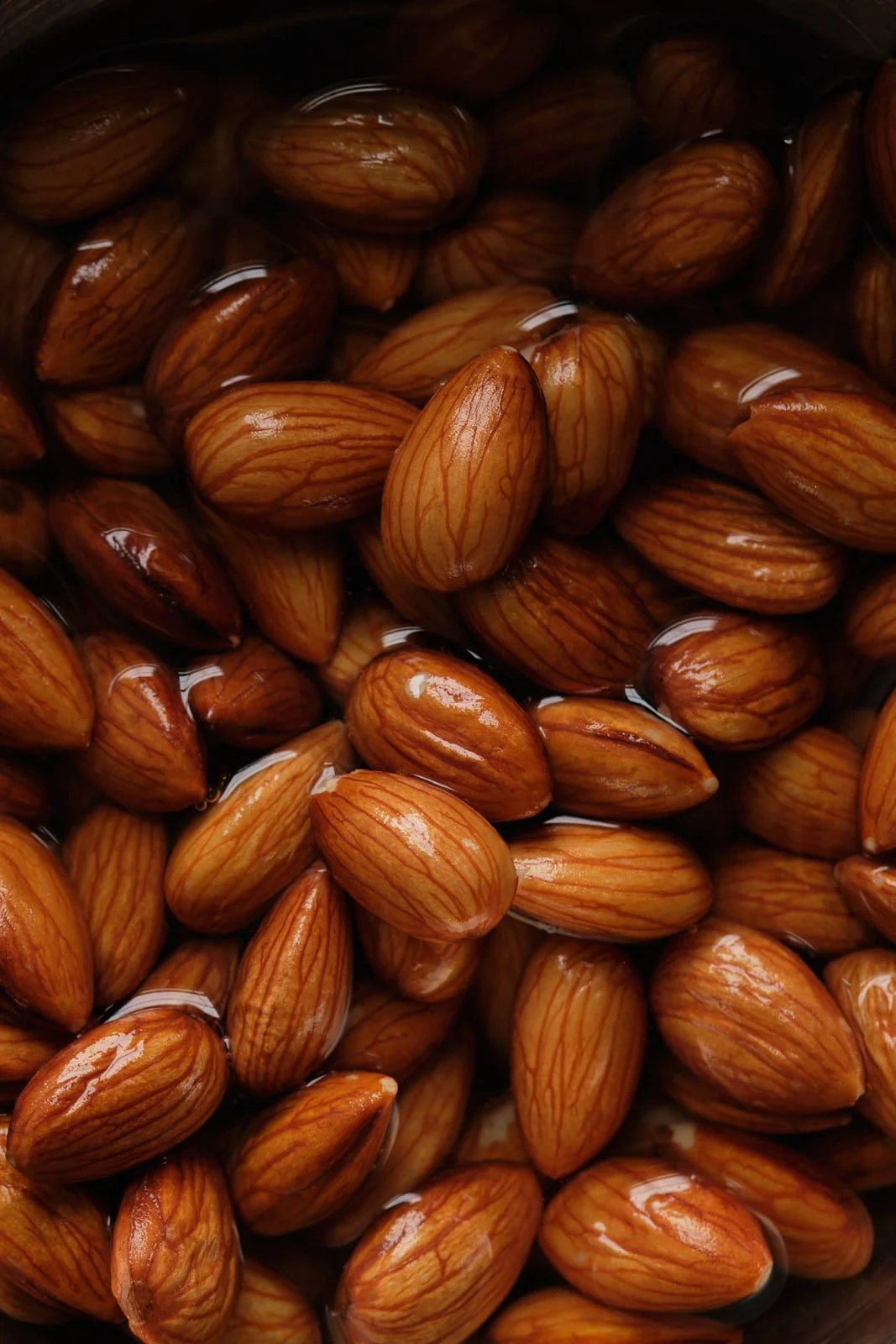A simple salad of tender butter (aka Boston) lettuce, blueberries and walnuts, dressed in a lemony vinaigrette. Serve as a side dish or mix with avocado and chickpeas, for a light lunch or dinner.
Did I just use the word “lush” to describe a salad? Yes. Yes I did. If you’ve not tried making a green salad using butter (also called Boston) lettuce, you are in for a treat. And as much as I love a multi-layered and complex dish, it is simple recipes like this butter lettuce and blueberry salad that I go back to again and again.
How to choose the best lettuce
When buying butter lettuce, choose one with unbruised leaves that have no browning at the edges, no soft spots or wilting. The outer leaves of this head lettuce are not as crunchy as a Romaine, but that’s good news. They are more buttery and soft, and you don’t have to chew it as vigorously as kale or Romaine.
Sometimes in grocery stores, it is labelled as “living lettuce” and comes in large round clamshells, at the bottom of which you can still see the roots attached. You can see it in the recipe video below. It will be in the refrigerated section where the baby spinach boxes are. The “living lettuce” tends to last longer in the fridge than cut ones.
How to prep and store lettuce
After I bring my lettuce home, I separate each leaf off of the core, wash in a big bowl of water (at least 2 times) swishing it around gently so as not to bruise the leaves. Instead of draining the water, do it the other way around: pull the leaves from the water and place in a salad spinner.
Excess water causes lettuce to rot, so spin or drain the leaves thoroughly. Store in a large reused plastic bag with a couple paper towels put in, to absorb the excess moisture. Depending on how fresh the lettuce is, it can keep for up to 5 days like this. Like all other lettuces, butter lettuce does not last well once dressed, so only dress it at the last moment to avoid the acid in the dressing breaking it down.
Meal prep and make ahead options
You can definitely prep this butter lettuce and blueberry salad ahead of time. Wash, spin and bag your salad leaves as described in the previous paragraph, then store in the fridge. Also wash the blueberries, and chop the walnuts. Then make the dressing as well, keeping it in a glass jar, refrigerated, until it’s time to use.
Never add dressing ahead of time to tender greens like lettuce, spring mix, arugula, or baby spinach. The acid in the vinaigrette or salad dressing starts breaking them down, and they turn mushy really quickly. Keep salad ingredients separate until right before eating. At that time, add ingredients to a large bowl, add the dressing, toss and serve.
How to turn a greens salad into a meal
add cubed avocado (good fats) and cooked, rinsed and drained chickpeas or white beans (protein), such as cannellini or Great Northern
after plating, top the salad with soft boiled, jammy eggs (count 1 or 2 eggs per person) and serve some sourdough bread (toasted or not) on the side
crumble some feta cheese into the salad, and serve with sourdough or baguette
add cooked, rinsed and drained white beans and croutons, either store-bought or home made
Butter lettuce and blueberry salad
Yield: 2-4 servings
Ingredients:
For the salad:
1 head butter/Boston lettuce washed and thoroughly drained
¾ cup (170 g) blueberries
¾ cup (60 g) walnuts
For the dressing:
3 tbsp olive oil
1 lemon zest and juice
1 clove garlic
½ tsp fine sea salt
3-4 grinds of black pepper
Method:
For the salad, gently tear the lettuce leaves into bite-sized pieces, into a large bowl. Add the blueberries. Chop the walnuts coarsely, then add to the bowl with the lettuce and blueberries. Set aside.
For the dressing, in a small bowl add the olive oil, lemon zest and 1 tbsp of the lemon juice. Grate the garlic on a microplane grater and add to the dressing, along with the sea salt and the black pepper. Whisk the dressing with a small whisk or fork until fully combined.
Right before serving, give the dressing another whisk, then pour onto the greens. Toss the salad gently, dipping to the bottom of the large bowl to also toss the fruit and nuts that may have settled there. Serve immediately, adding another sprinkling of walnuts, if desired
Notes:
Substitutions: you can sub other nuts for the walnuts, hazelnuts are particularly good. If pears are in season, you can sub them for the blueberries. Use romaine if butter lettuce or Boston lettuce is unavailable.


























